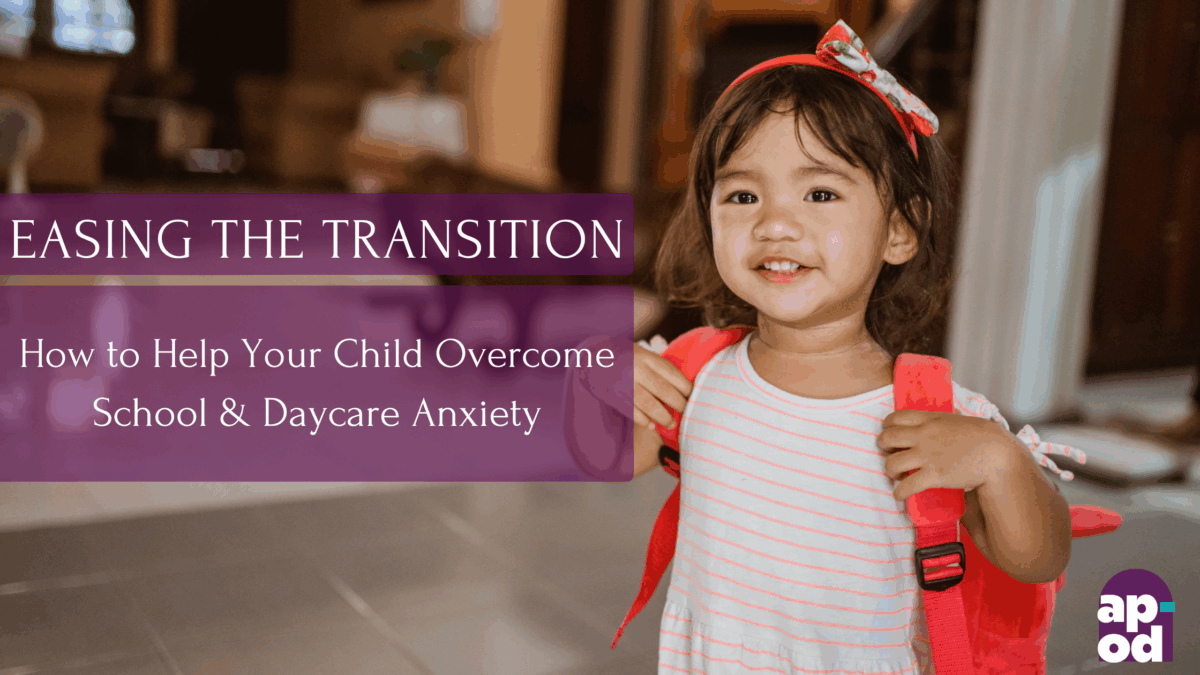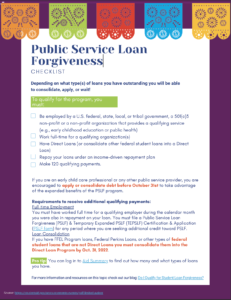
How to Help Your Child Overcome School & Daycare Anxiety
Understanding Preschool or Childcare Anxiety
Anxiety can happen as early as preschool. In the United States 10 to 20 percent of preschoolers suffer from one of several anxiety disorders. Understanding and managing this anxiety can set the stage for a smoother transition and a more positive experience for your child.
For some kids, anxiety can be short-lived nervousness at the start of the school year, pre-school or childcare. For others, it can be a constant source of stress that can lead to intense anxiety.
Signs To Watch For with Your Child
Separation anxiety is experienced by many young children, particularly between 18 months and 3 years of age. During transitions to new environments or when away from their primary caregiver, it’s common for children to feel anxious. However, when this anxiety becomes more severe and persistent, it may indicate Separation Anxiety Disorder (SAD). Knowing the symptoms can help parents identify when extra support is needed. Below are some key signs to watch for in children who may be struggling with separation anxiety.
- Intense distress or clinginess when separated from loved ones.
- Constant worry about losing a parent or loved one to harm.
- Fear of bad events like being lost or kidnapped, causing separation.
- Refusal to leave home due to fear of separation.
- Avoidance of being alone or away from loved ones when appropriate.
- Refusal to sleep away from home or without loved ones nearby.
- Frequent nightmares about separation.
- Physical complaints like headaches or stomach aches during separation.
5 Tips to Help Your Child Overcome Separation Anxiety
In addition to therapy, here are 5 tips that can help your child with anxiety:
- Validate their anxiety. Let your child know it’s OK to feel nervous. Encourage them to express their feelings and remind them that, while it’s natural to feel anxious, they have the strength and support to face new experiences, like going to school or childcare.
- Teach your child relaxation techniques. An easy one for children is to “smell a flower” by breathing in through their nose and “blowing out a candle” by breathing out through their mouth. Teach them to do this breathing technique 5 – 6 times when feeling stressed to help them calm down.
- Role-play at home. This approach can be especially useful for younger children. During playtime, pretend with your child that his stuffed animals have some of the same anxieties he does and show how the stuffed animal deals with anxiety successfully. Use positive self-talk like, "I can try this" instead of "I can't do this".
- Read stories together about children overcoming anxiety. You might ask your local librarian for suggestions of books that illustrate children having difficulty going to school, and then overcoming this worry. Some books about separation anxiety, like “The Kissing Hand by Audrey Penn,,” may also be helpful for younger children.
- Develop a routine and stick to it. Have a bedtime routine. Lay out clothes and pack lunches and backpacks the night before. A morning routine is just as important.
Helping your child navigate school anxiety can be challenging, but with the right tools and support, you can foster their confidence and emotional well-being. Remember, it’s normal for both parents and children to feel a bit anxious during these transitions. If you notice that your child’s anxiety persists or intensifies, do not hesitate to seek professional help.
For more resources on supporting your child’s emotional health, explore our additional resources.
Citations
Gupta, S. (2019, April 21). When anxiety happens as early as preschool, treatments can help. Science News. https://www.sciencenews.org/article/when-anxiety-happens-early-preschool-treatments-can-help
Mayo Clinic Staff. (2024, June 12). Separation anxiety disorder. Mayo Clinic. https://www.mayoclinic.org/diseases-conditions/separation-anxiety-disorder/symptoms-causes/syc-20377455
.


